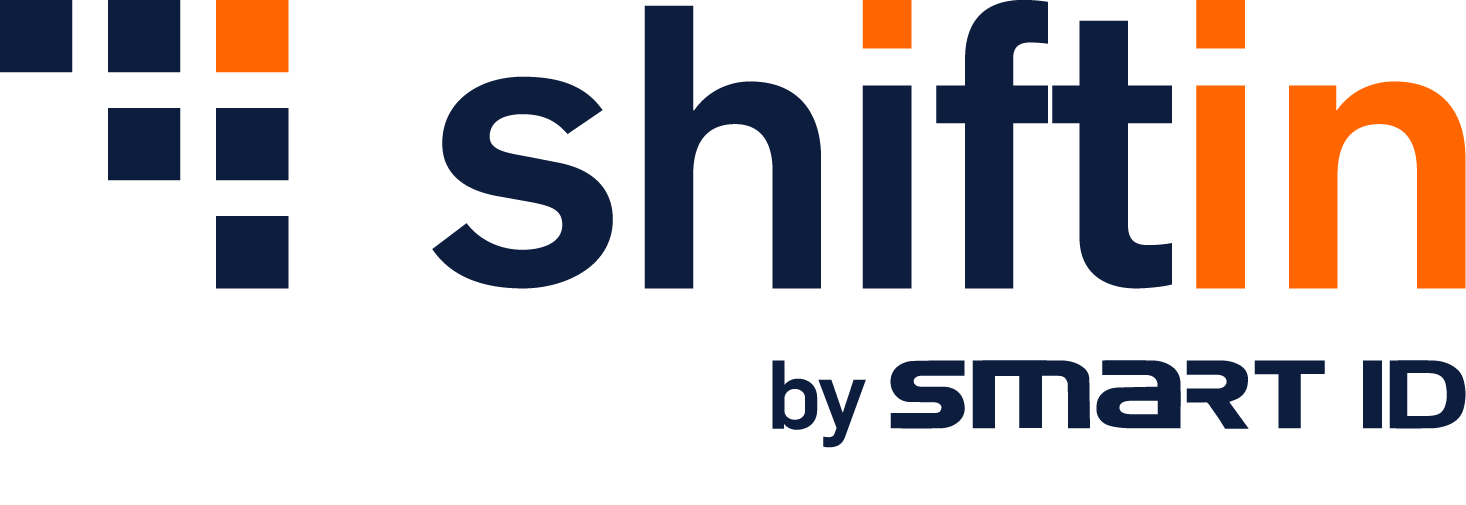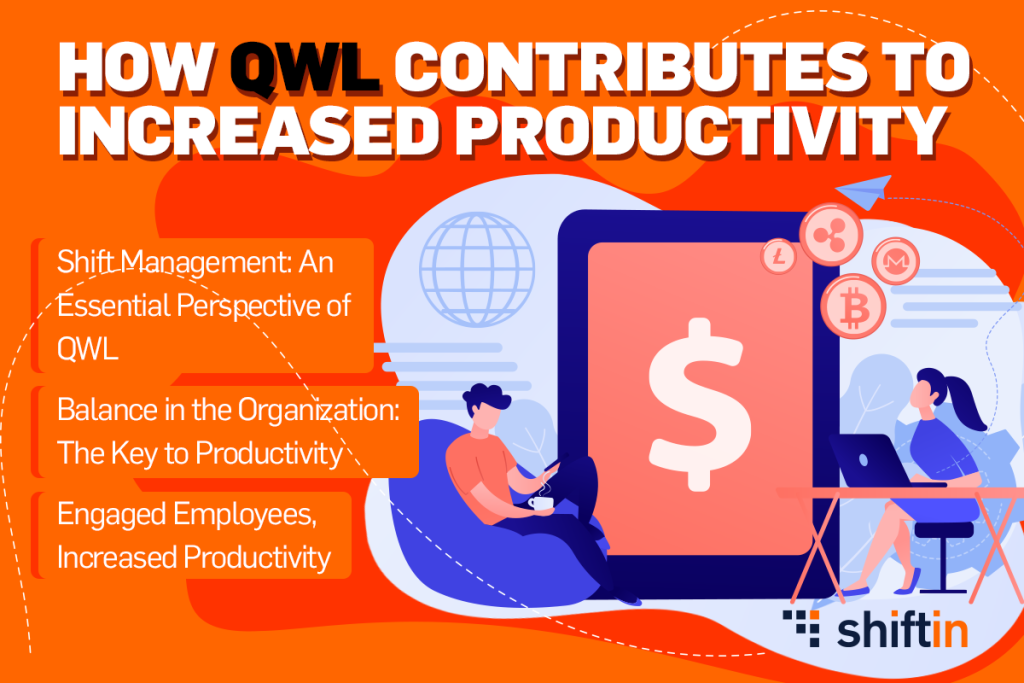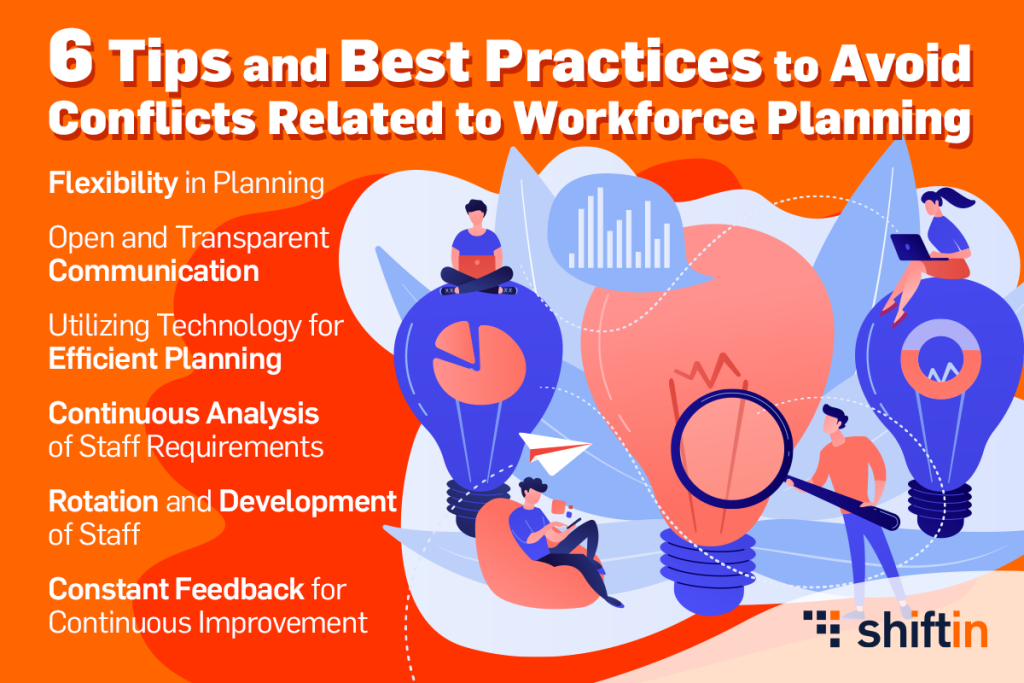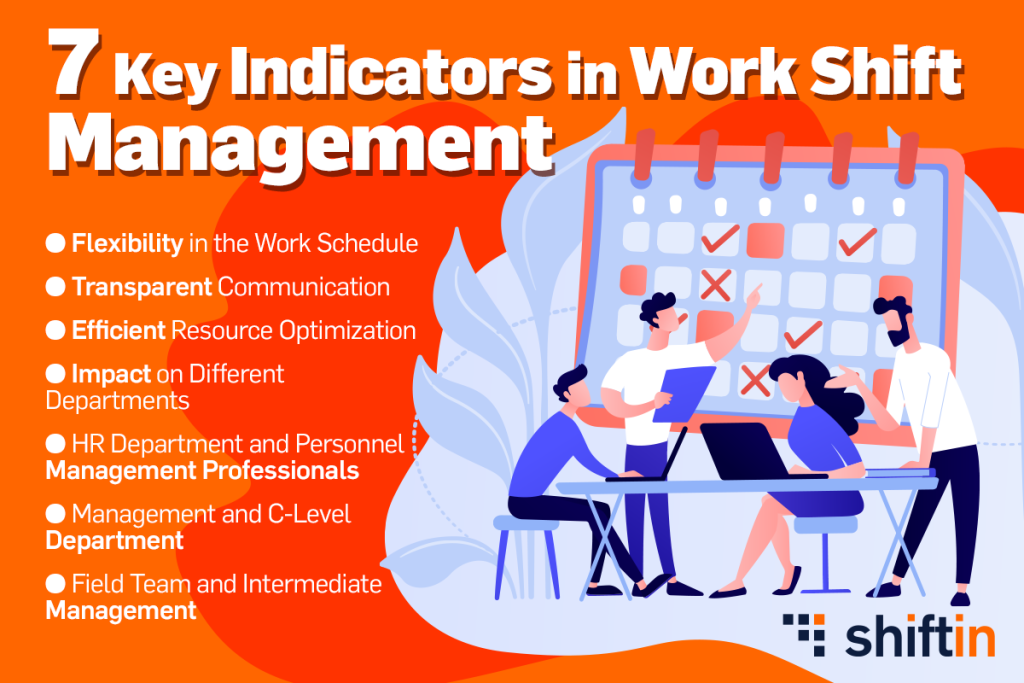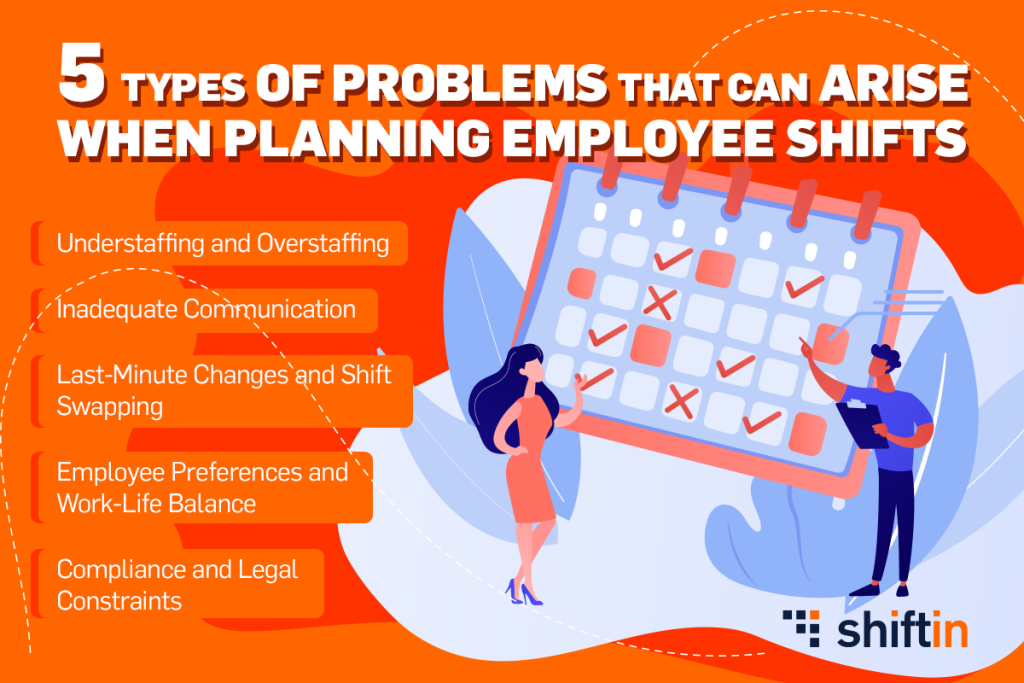- Workplace Flexibility: A Necessity in Organizational Evolution
- The Impact of Digital Transformation on Shift Management
- Employee Adaptability in the Digital Era
- shiftin
Organizations are navigating an increasingly dynamic environment, and innovation in human resources management is becoming a strategic priority. A key aspect of this transformation is adapting to the needs of a continually changing workforce.
Workplace Flexibility: A Necessity in Organizational Evolution
According to a recent study, 85% of organizations consider workplace flexibility essential for their success. This underscores a significant shift in how we perceive and manage work. Workplace flexibility is no longer just an advantage but has become a strategic necessity.
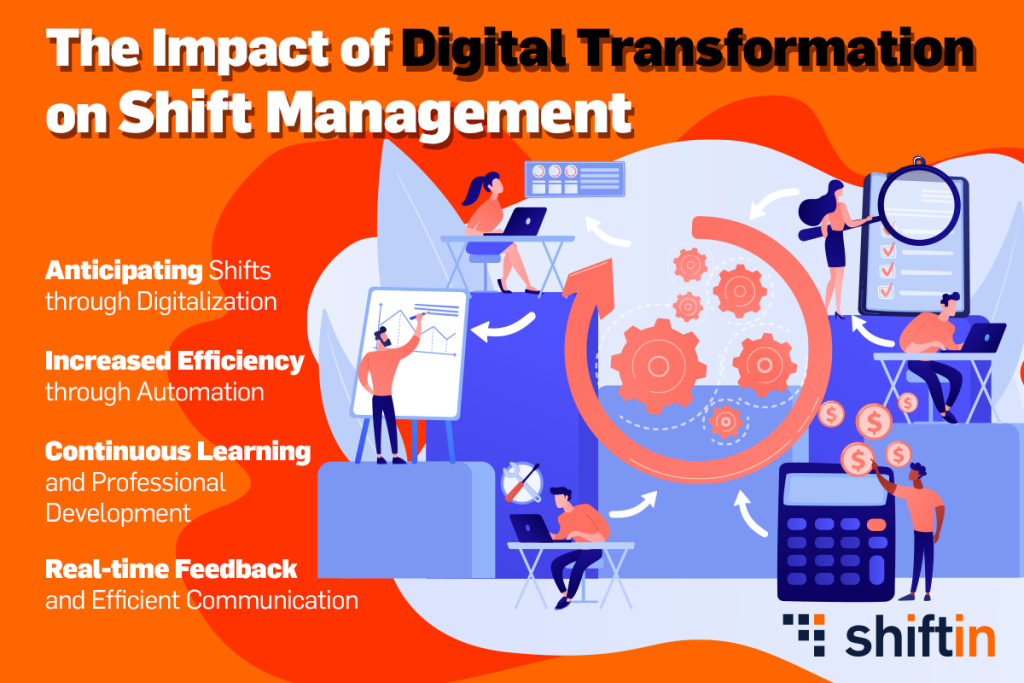
The Impact of Digital Transformation on Shift Management
Anticipating Shifts through Digitalization
Digitalization brings the ability to anticipate and manage shifts more efficiently. Through software solutions like shiftin, organizations can anticipate staffing needs, ensuring increased flexibility. This approach not only optimizes processes but also enhances employee satisfaction.
Increased Efficiency through Automation
Automation is becoming increasingly essential in managing work schedules. The implementation of shift automation software has shown a reduction in human errors, contributing to increased efficiency in workforce management processes.
Employee Adaptability in the Digital Era
Continuous Learning and Professional Development
Workplace flexibility is not just about time management but also about adapting skills. Modern organizations invest in continuous learning and professional development programs to ensure employees are prepared to adapt to the constant changes in the business environment.
Real-time Feedback and Efficient Communication
Digitalization facilitates a continuous flow of feedback and communication among teams. Organizations adopting digital solutions for communication and feedback observe a significant improvement in employee engagement, thereby enhancing collaboration effectiveness.
shiftin: The Solution for Flexibility in Shift Management
Digital transformation in workforce management is not just a trend but a strategic necessity for organizations aiming to remain competitive. Implementing solutions like shiftin becomes essential to ensure increased flexibility, thereby benefiting from enhanced efficiency and employee satisfaction.
